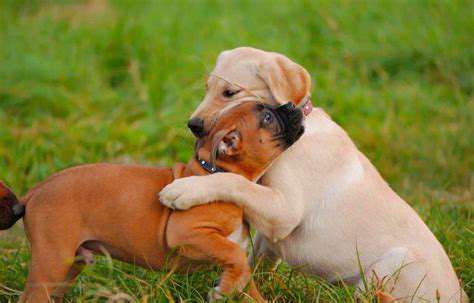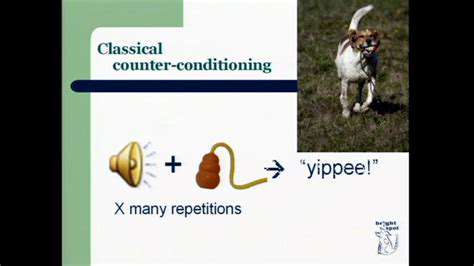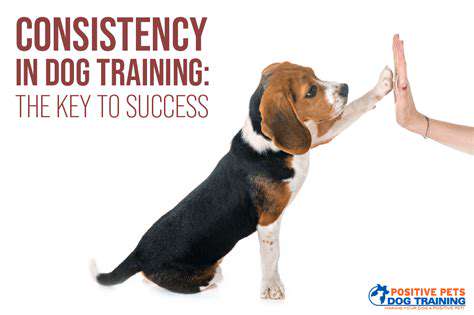We provide practical advice and step-by-step guides on socialization, obedience training, and behavior management. Our goal is to empower you with the knowledge and tools needed for a strong, positive relationship with your puppy.
The Importance of Controlled and Positive Social Interactions
Jul 23, 2025
The Importance of Safety When Dealing with an Aggressive Dog
Jul 23, 2025
Greeting Guests Politely: Controlling Excitement with Basic Commands
Jul 22, 2025
Understanding the Different Types of Aggression in Dogs
Jul 22, 2025
Why Does My Dog Bark So Much? Understanding the Reasons Behind Excessive Vocalization
Jul 22, 2025
Introducing Your Puppy to People Using Walkers
Jul 22, 2025
Apartment Puppy Socialization: Essential Tips and Tricks
Jul 22, 2025
Rural Puppy Socialization: Adapting to Rural Life with Confidence
Jul 21, 2025
Gradual Desensitization Techniques for Separation Anxiety in Dogs
Jul 21, 2025
Socializing Your Puppy in the Park: Safe and Fun Interactions
Jul 21, 2025
Dos and Don'ts of Puppy Socialization: Avoiding Common Mistakes
Jul 21, 2025
Finding a Qualified Dog Behaviorist for Aggression Issues
Jul 20, 2025
The Importance of Diverse Human Interactions for Puppy Personality
Jul 20, 2025
Effective Techniques for Teaching Your Dog to Walk Nicely on a Leash
Jul 20, 2025
The Language of Dog Training: Mastering Clear and Consistent Communication
Jul 19, 2025
Engage Disengage Game: Building Confidence in Social Situations
Jul 19, 2025
Bringing Home a Puppy: Starting Socialization on Day One
Jul 19, 2025
Socializing Your Puppy (Safely and Gradually) in Crowded Places
Jul 19, 2025
Introducing Your Puppy to the Garden: Safe Exploration and Socialization
Jul 19, 2025
Coping with Busy Streets: Puppy Socialization in High Traffic Areas
Jul 18, 2025
Hot Recommendations
-
*The Impact of Early Socialization on a Dog's Interaction with Other Animals
-
*Car Travel and Puppy Socialization: Making the Journey a Positive Experience
-
*The Importance of Early Environmental Exposure for Puppy Development
-
*Taking Your Puppy to the Vet: Positive Socialization Strategies
-
*Making Training a Positive Experience for Your Puppy
-
*Public Transportation and Puppy Socialization: A Step by Step Guide
-
*Safe Socialization: Allowing Others to Pet Your Puppy
-
*Helping a Puppy Who Struggles with "Stay"
-
*Positive Puppy Interactions: Making Meetings with New Friends Fun
-
*No Treats Needed? Training Basic Commands with Verbal Praise



















